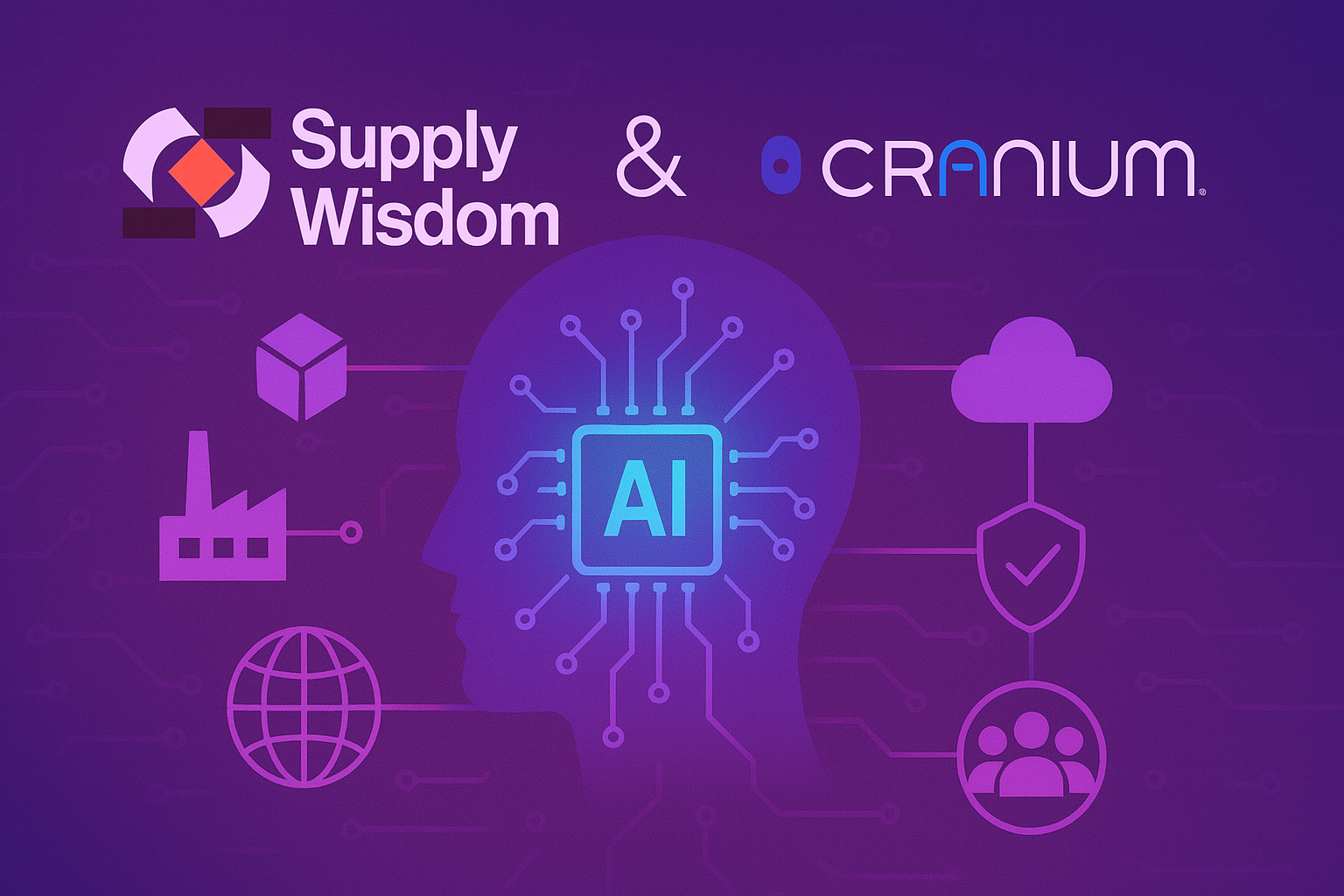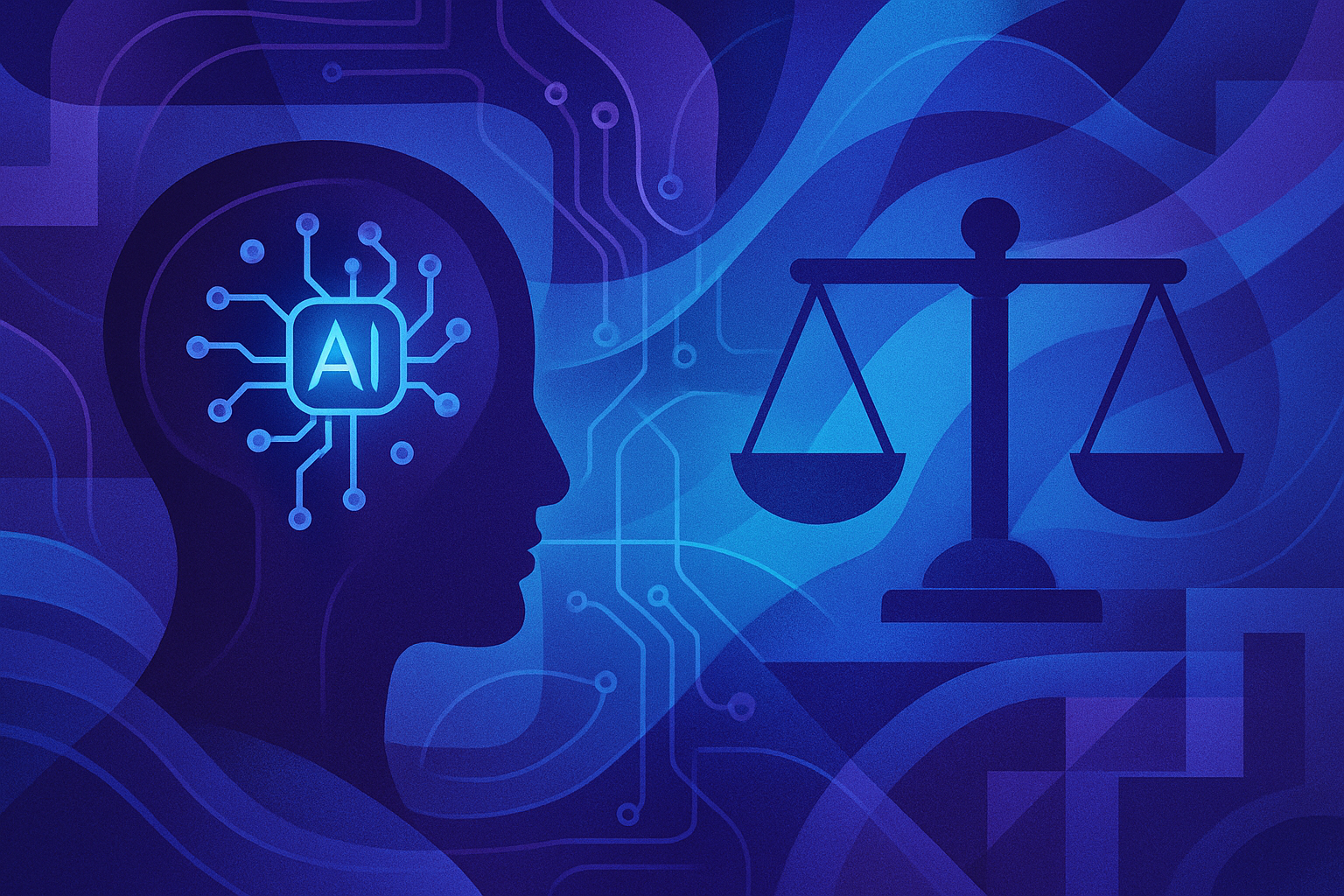Securing the Future of AI: Why Innovation and Governance Must Evolve Together
On June 12th, 2025, the U.S. House Homeland Security Subcommittee on Cybersecurity and Infrastructure Protection held a critical hearing on one of the most urgent national security topics of our time: the intersection of AI and cybersecurity. Cranium CEO and Co-Founder Jonathan Dambrot joined leaders from Microsoft, Trellix, and Securin to testify on the evolving threat landscape fueled by generative and agentic AI. The hearing made the case that the U.S. must lead not just in AI innovation, but also in AI security.
The message was clear: generative AI has already transformed the cyber battlefield. Phishing attacks have surged nearly 1,200% since late 2022. Deepfakes, autonomous bots, and LLM-powered malware are no longer theoretical—they’re operational. AI is not just a tool for cyber defense. It’s also an attack vector. And without stronger governance, the risks scale as fast as the technology.
Jonathan’s testimony brought Cranium’s perspective to the forefront: AI security cannot be an afterthought. It must be embedded from the start. From model design to deployment to ongoing monitoring, AI systems demand continuous protection. “Securing AI to strengthen cybersecurity is a defining challenge,” Jonathan stated. “But we firmly believe the U.S. can—and must—lead in both AI innovation and AI security.”
This isn’t a call to slow progress. It’s a call to secure it.
Cranium’s Viewpoint: Innovation and Trust
As critical infrastructure, finance, and national defense systems embed AI within their operations, it’s clear that security must be more than an afterthought. The attack surface of modern AI systems is expansive and often misunderstood—especially when AI systems are integrated with third-party models, open-source components, and unmonitored code.
Cranium’s point of view is simple: We don’t need to choose between innovation and regulation. We need to advance governance at the speed of innovation.
Enter Cranium Arena and CodeSensor
This is exactly why Cranium developed two critical tools to secure AI at scale:
Cranium Arena simulates real-world environments to red team AI systems before deployment—identifying vulnerabilities in models, supply chains, and agentic systems before they become threats. It’s not just simulation; it’s prevention through continuous validation.
CodeSensor uncovers the true surface area of your AI systems—often revealing 15–20x more exposure than developers anticipate. As Jonathan highlighted in his testimony, this “connective tissue” between models, APIs, and third-party tools creates complex, often invisible, security gaps. These gaps can’t be addressed with traditional tools. They demand AI-native visibility, continuous monitoring, and policy enforcement – all of which CodeSensor delivers.
Why This Matters Now
• Phishing attacks have surged 1,200% since the rise of generative AI.
• Deepfakes, autonomous bots, and LLM-powered malware are already in the wild.
• AI is not just a cyber target—it’s also becoming a cyber weapon. Without strong governance, attackers can manipulate AI systems or use them to generate and launch attacks faster than ever before.
Without proactive AI governance, these risks scale just as fast as the technology does.
Final Thoughts
As generative and agentic AI reshape both the threat landscape and the innovation frontier, the stakes have never been higher. The U.S. has the opportunity—and responsibility—to lead the world in secure AI development. But that leadership won’t come from innovation alone. It will come from pairing innovation with accountability, trust, and security at every step. That’s where Cranium comes in.
Whether you’re a CISO navigating third-party AI risk, a developer building with open-source models, or a security leader tasked with securing AI pipelines, Cranium provides the tools to get ahead of the threat. Our platform empowers organizations to:
- Continuously red team AI models before and after deployment (Cranium Arena)
- Uncover hidden AI system exposure and enforce governance across the stack (CodeSensor)
AI isn’t slowing down. Neither are the threats. If you’re building or deploying AI, now is the time to get serious about securing it.
Because trust in AI isn’t just earned—it’s engineered.





